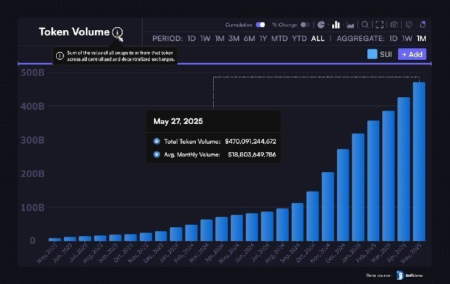The amount of $3.3 billion, or 1.2 million in ETH, was taken out of the Beacon Chain, which affected the stability of the network and has certain implications for Ethereum. The removal of staked ETH from the network directly increases the available supply on the network.
Reduced network security and a general lack of trust in Ethereum’s staking ecosystem may result from a drop in staking participation. Furthermore, significant withdrawals might be an indication of growing doubt about Ethereum’s future price direction. Staking has been a crucial component of Ethereum’s shift to proof of stake, and if this trend persists, it might discourage new investors from doing so. Ethereum’s price has been steadily declining, and it is currently trading at $2,674.
Resistance has been encountered close to the $2,800 mark in recent attempts to regain upward momentum. Additionally, technical indicators convey a cautious outlook. The downward trend of the 50-day and 200-day moving averages supports the pessimistic outlook. Furthermore, trading volume has increased during selling periods, indicating that investors are more fearful. The $2,500 or even $2,200 zones may be tested by additional downward movement if Ethereum is unable to hold above the $2,600 support level.
This downward trend could be exacerbated by a sustained drop in staking participation. For a recovery scenario, Ethereum must regain important resistance levels close to $3,000 in order to move in a bullish direction. Ethereum may experience fresh buying pressure if investor confidence levels off and staking rates increase.
Ethereum sees increased downward pressure on the price of ETH due to the increasing withdrawal from the Beacon Chain. Longer-term prospects of Ethereum rely heavily on staking and the general activity of longer-term investors, who are certainly not ready to hold ETH for longer.
Read the full article here









